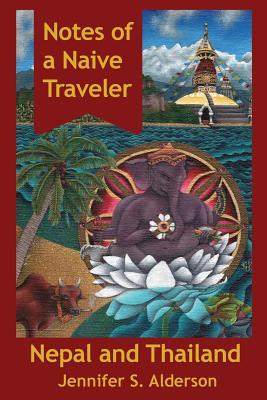
The development, production, and distribution of textbooks in Nepal are governed by various laws, regulations, and policies aimed at ensuring quality, standardization, and accessibility. The following are some key legal and regulatory frameworks that oversee textbook management in Nepal, along with links to relevant official websites.
सूची
1. Education Act 1971 (Amendment 2016)
The Education Act of 1971, along with its subsequent amendments, forms the cornerstone of educational governance in Nepal. It outlines the structure and function of the educational system, including provisions related to curriculum and textbooks. The act stipulates:
- Curriculum Development: The responsibility of developing a national curriculum and corresponding textbooks lies with the Curriculum Development Centre (CDC).
- Standardization: All textbooks used in schools must adhere to the national curriculum standards established by the CDC.
- Approval and Distribution: The Ministry of Education, Science, and Technology, through the CDC, is responsible for approving and distributing textbooks to ensure uniformity and accessibility.
For more details, visit the Ministry of Education, Science, and Technology.
2. National Curriculum Framework
The National Curriculum Framework (NCF) provides detailed guidelines on the curriculum and textbook content for different educational levels. It includes:
- Learning Outcomes: Defines the learning outcomes and competencies that students are expected to achieve at each grade level.
- Content Guidelines: Specifies the subjects and topics to be covered, ensuring that textbooks are aligned with these guidelines.
- Pedagogical Approaches: Recommends effective teaching methodologies to be incorporated into textbooks.
For more details, visit the Curriculum Development Centre.
3. Curriculum Development Centre (CDC) Regulations
The CDC operates under specific regulations that guide its functions related to textbook development, including:
- Textbook Creation Process: Detailed procedures for the preparation, review, and approval of textbook manuscripts.
- Quality Control: Mechanisms for ensuring the accuracy, relevance, and quality of textbook content.
- Periodic Review: Regular review cycles to update and revise textbooks based on feedback, technological advancements, and educational needs.
For more details, visit the Curriculum Development Centre.
4. Right to Education Act 2018
The Right to Education Act emphasizes the government’s commitment to providing free and compulsory education to all children. Key provisions related to textbooks include:
- Free Textbooks: Mandates the provision of free textbooks to students in public schools up to the secondary level to ensure equitable access to education.
- Inclusive Education: Requires that textbooks be inclusive and sensitive to the diverse cultural, linguistic, and social backgrounds of students.
For more details, visit the Ministry of Education, Science, and Technology.
5. Public Procurement Act 2007
This act governs the procurement process for the production and distribution of textbooks. Key aspects include:
- Transparent Procurement: Ensures a transparent and competitive process for selecting publishers and printers for textbook production.
- Cost Efficiency: Aims to achieve cost-efficiency in the procurement of educational materials without compromising quality.
For more details, visit the Public Procurement Monitoring Office.
6. Digital Education Policy 2021
With the increasing emphasis on digital education, the Digital Education Policy outlines the integration of digital resources into the education system. Relevant provisions include:
- E-Textbooks: Encourages the development and distribution of digital versions of textbooks to enhance accessibility and cater to the growing demand for online learning resources.
- Digital Platforms: Promotes the use of online platforms such as Nepalikitab.org to make textbooks freely available for download.
For more details, visit the Ministry of Education, Science, and Technology.
Access to Free Textbooks
In recent years, efforts to make educational resources more accessible have led to the creation of online platforms where students can download textbooks for free. One such initiative is Nepalikitab.org, a website that provides free downloads of Nepali school textbooks. This platform plays a crucial role in ensuring that students, especially those in remote and underprivileged areas, have access to essential educational materials. By offering textbooks online, Nepalikitab.org helps bridge the gap caused by geographical and financial barriers, contributing to a more inclusive and equitable education system in Nepal.
Conclusion
The legal and regulatory framework governing textbooks in Nepal is designed to ensure that all students have access to high-quality, standardized educational materials. By adhering to these laws and policies, Nepal aims to promote an equitable and inclusive education system. Ongoing efforts to address challenges and incorporate digital solutions, such as those outlined in the Digital Education Policy, highlight the country’s commitment to enhancing educational access and quality for all students. Platforms like Nepalikitab.org further enhance this potential by making educational resources readily available to all students.











तपाईको बिचार
पहिलो कमेन्ट गर्नुहोस्!